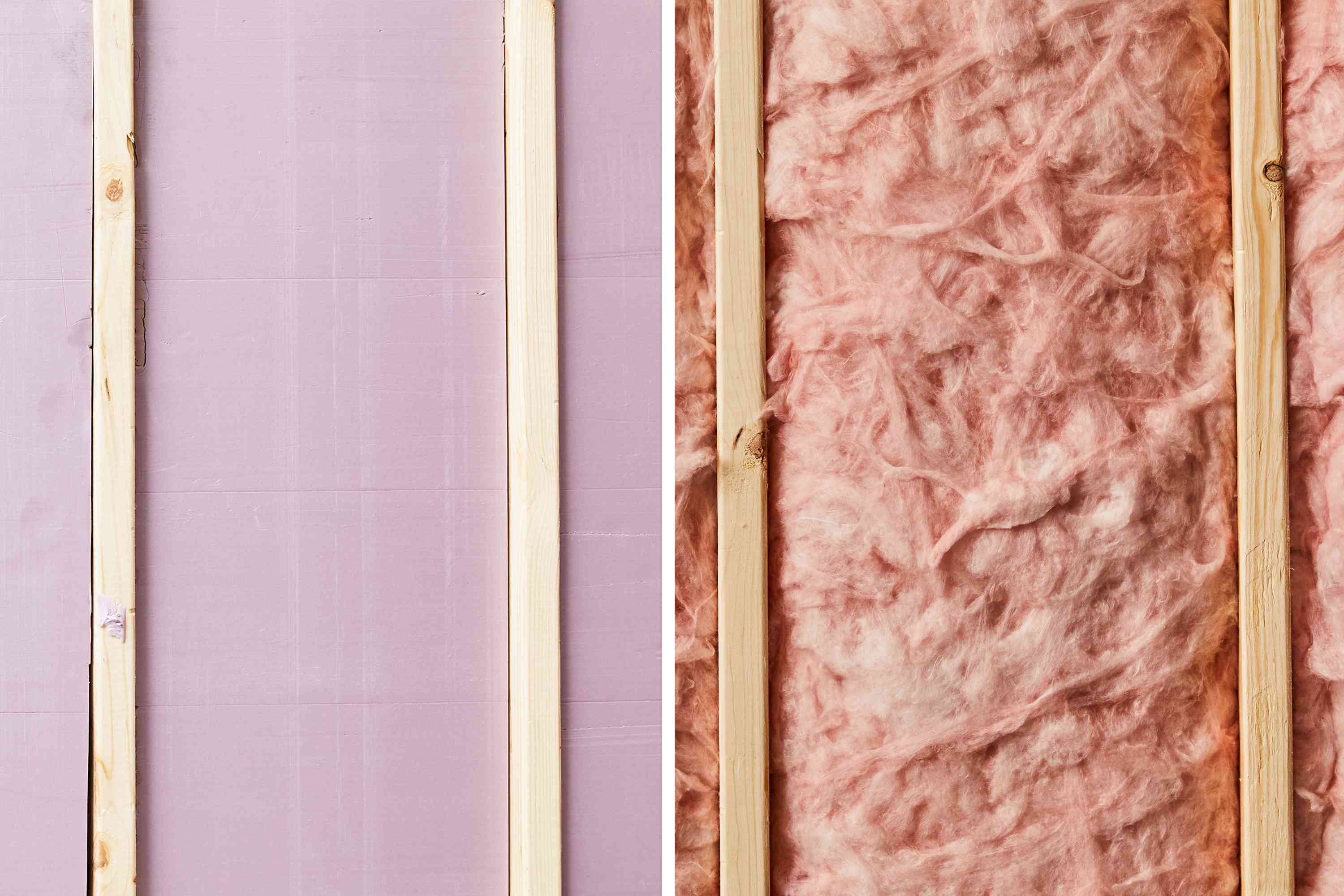

Articles
What Does R-5 Insulation Mean
Modified: January 18, 2024
Discover what R5 insulation really means and how it can improve energy efficiency. Read our informative articles for expert insights into this essential topic.
(Many of the links in this article redirect to a specific reviewed product. Your purchase of these products through affiliate links helps to generate commission for Storables.com, at no extra cost. Learn more)
Introduction
Welcome to the world of insulation! In this article, we will explore the fascinating world of R5 insulation. Whether you’re a homeowner looking to improve energy efficiency or a contractor seeking to understand the latest trends in insulation, this article will provide you with valuable insights. So, let’s dive in and discover what R5 insulation is all about!
Insulation plays a crucial role in maintaining a comfortable indoor environment while reducing energy consumption. It acts as a barrier, preventing the transfer of heat between the inside and outside of a building. The higher the insulation value, the better the insulation’s ability to resist heat flow.
Key Takeaways:
- R5 insulation offers enhanced energy efficiency and space-saving design, making it ideal for various applications such as walls, attics, and ceilings. Its higher R-value provides optimal thermal resistance, reducing heat transfer and lowering energy consumption.
- Proper installation and consideration of cost and efficiency factors are crucial when choosing R5 insulation. While it may have a slightly higher upfront cost, the long-term energy savings and improved comfort levels make it a worthwhile investment for a sustainable living environment.
Read more: What Does Zoning R Mean
Definition of Insulation
Before we delve into the specifics of R5 insulation, let’s first establish a clear understanding of what insulation is. Insulation refers to any material or system that slows down the transfer of heat, preventing heat loss in the winter and heat gain in the summer. It acts as a protective barrier, minimizing the exchange of thermal energy between the inside and outside of a building.
Insulation materials are designed to have low thermal conductivity, meaning they are not good conductors of heat. This characteristic allows them to trap air and create air pockets, which are effective in reducing the heat transfer through conduction and convection. Insulation can be installed in various areas of a building, including walls, ceilings, floors, and roofs, to improve overall energy efficiency.
Insulation plays a vital role in maintaining a consistent indoor temperature, reducing the reliance on heating and cooling systems, and subsequently lowering energy bills. It also helps to enhance comfort levels by providing a barrier against outside noise and reducing the need for excessive heating or cooling to maintain a comfortable environment.
Now that we have a clear understanding of what insulation is, let’s move on to exploring the concept of R-value, which is essential in understanding R5 insulation.
Understanding R-Value
When it comes to insulation, one of the most important factors to consider is the R-value. The R-value measures the thermal resistance of an insulation material, indicating its ability to resist heat flow. In simple terms, a higher R-value signifies a better insulating material.
The R-value is determined by various factors, including the type and thickness of the insulation material being used. It is a standardized measurement that allows homeowners and builders to compare different insulation options and choose the one that best suits their needs.
The R-value is calculated by dividing the thickness of the insulation (in inches) by its thermal conductivity. The higher the R-value, the more effective the insulation is in preventing heat transfer. For example, insulation with an R-value of 10 is more efficient at resisting heat flow compared to insulation with an R-value of 5.
It’s important to note that the R-value is additive, meaning that the total R-value of a structure can be increased by adding layers of insulation. This is particularly useful in cases where existing insulation is insufficient, and additional insulation needs to be installed.
Now that we have a solid understanding of R-values, let’s explore R5 insulation and what makes it unique.
What is R5 Insulation?
R5 insulation refers to insulation materials or products that have an R-value of 5 per inch of thickness. It is a type of insulation that offers a higher level of thermal resistance compared to standard insulation options. R5 insulation is considered to be highly efficient in preventing heat transfer and can greatly improve the energy efficiency of a building.
R5 insulation can be found in various forms, including batts, rolls, rigid boards, and sprays. These materials are typically made from a combination of fibers, such as fiberglass, mineral wool, or foam, that are designed to trap air and reduce heat conduction.
One of the key advantages of R5 insulation is its ability to provide enhanced thermal performance in a relatively thin profile. This makes it ideal for spaces with limited depth, such as walls or attics, where there may not be enough space to accommodate thicker insulation options. Additionally, R5 insulation can be easily installed between framing members or in tight areas, ensuring a snug fit that minimizes air leakage.
R5 insulation is commonly used in both residential and commercial applications. It is effective in reducing heat loss during the winter and heat gain during the summer, leading to lower energy consumption and improved comfort levels. The higher R-value of R5 insulation also helps to create a more consistent indoor temperature by reducing hot spots and cold drafts.
Moreover, R5 insulation can contribute to soundproofing a building, reducing outside noise and improving overall acoustic comfort. This is particularly beneficial in areas exposed to heavy traffic or other sources of noise pollution.
Now that we have explored the definition and benefits of R5 insulation, let’s take a look at some of its advantages over other insulation options.
Advantages of R5 Insulation
R5 insulation offers several advantages that make it a popular choice for homeowners and contractors alike. Here are some of the key benefits of using R5 insulation:
- Enhanced energy efficiency: R5 insulation provides a higher level of thermal resistance, resulting in improved energy efficiency. It helps to reduce heat loss in the winter and heat gain in the summer, leading to decreased energy consumption and lower utility bills.
- Space-saving design: R5 insulation offers excellent thermal performance in a relatively thin profile. This makes it ideal for spaces with limited depth, such as walls or attics, where thicker insulation options may not be feasible. Its space-saving design allows for easier installation and provides flexibility in retrofitting existing buildings.
- Improved indoor comfort: By preventing heat transfer, R5 insulation helps to create a more consistent indoor temperature. It reduces hot spots and cold drafts, making the living space more comfortable throughout the year. Additionally, R5 insulation can contribute to soundproofing, reducing noise transmission and enhancing acoustic comfort.
- Moisture resistance: Many R5 insulation materials are designed to be moisture-resistant, preventing water vapor from penetrating the insulation and causing damage. This is especially important in areas with high humidity or potential water intrusion, such as basements or crawl spaces.
- Installation flexibility: R5 insulation can be installed in various forms, including batts, rolls, rigid boards, or sprays. This provides flexibility in choosing the most appropriate method for a particular project. It can be easily cut or shaped to fit around obstacles, ensuring a snug and effective installation.
- Longevity and durability: R5 insulation materials are designed to be durable and long-lasting, providing insulation performance for many years. They are resistant to pests, mold, and mildew, ensuring a healthy and comfortable living environment.
With these advantages, it is clear to see why R5 insulation is a popular choice for those looking to improve their home’s energy efficiency and comfort levels.
Next, let’s explore some common applications where R5 insulation can be beneficial.
R5 insulation refers to the thermal resistance value of the insulation material. It means that the insulation can resist the transfer of heat five times better than a material with an R1 value. This can help improve energy efficiency and reduce heating and cooling costs in a building.
Read more: What Does R4 Zoning Mean
Common Applications of R5 Insulation
R5 insulation is suitable for a wide range of applications, offering effective thermal resistance and energy efficiency. Here are some common areas where R5 insulation can be beneficial:
- Walls: R5 insulation can be installed in exterior walls to improve energy efficiency and thermal performance. It helps to reduce heat transfer between the inside and outside of a building, keeping the indoor temperature well-regulated.
- Attics: Attics are a major source of heat loss and gain. By installing R5 insulation in the attic, you can prevent excessive heat transfer and maintain a consistent temperature in the living space below. This is particularly important in areas with extreme climates.
- Ceiling: R5 insulation can be used in ceilings to prevent heat transfer between different levels of a building. It helps to enhance energy efficiency and reduce the reliance on heating and cooling systems.
- Floors: R5 insulation can be beneficial in insulating floors, especially in spaces that are above unheated areas, such as crawl spaces or garages. It helps to minimize heat loss and improve overall energy efficiency.
- Basements: Basements often have a higher risk of moisture and temperature fluctuations. R5 insulation can be used to insulate basement walls, helping to control temperature and moisture levels while improving energy efficiency.
- Pipes and Ducts: R5 insulation can be applied around pipes and ductwork to prevent heat loss or gain during the distribution of hot or cold air. This helps to improve energy efficiency and maintain the desired temperature in different areas of a building.
These are just a few examples of the common applications of R5 insulation. The versatility of R5 insulation allows it to be used effectively in various areas of a building to enhance energy efficiency and create a comfortable living environment.
Next, let’s take a look at some tips for properly installing R5 insulation.
Installation Tips for R5 Insulation
Proper installation is crucial to ensure the maximum effectiveness of R5 insulation. Here are some essential tips to keep in mind when installing R5 insulation:
- Measure and cut accurately: Measure the area where the insulation will be installed carefully and cut the insulation material to the correct size. This will ensure a proper fit and minimize any gaps or spaces where heat transfer could occur.
- Seal air leaks: Before installing R5 insulation, inspect the area for any air leaks, such as gaps, cracks, or holes. Seal these areas with caulk or weatherstripping to prevent air infiltration, which can reduce the insulation’s effectiveness.
- Use safety precautions: When handling R5 insulation, wear protective gear such as gloves, safety goggles, and a mask. Some insulation materials may cause skin irritation or respiratory discomfort, so it’s important to take necessary safety precautions.
- Ensure proper ventilation: Proper ventilation is essential to prevent the accumulation of moisture and potential mold growth. When insulating areas such as attics or crawl spaces, make sure there is appropriate airflow to maintain a healthy environment.
- Follow manufacturer’s instructions: Different R5 insulation materials may have specific installation requirements. Always refer to the manufacturer’s instructions for proper handling, installation techniques, and recommended safety measures.
- Secure the insulation: Properly secure the R5 insulation in place to avoid any movement or displacement that could compromise its effectiveness. Use staples, adhesive, or other recommended methods to keep the insulation firmly in position.
- Hire a professional if needed: Some insulation projects, particularly larger or more complex ones, may require professional installation. If you are unsure about the installation process or the best insulation approach for your specific needs, it’s advisable to consult a professional insulation contractor.
Following these installation tips will help ensure that your R5 insulation provides optimal thermal resistance and energy efficiency for your home or building.
Now, let’s discuss the cost and efficiency considerations when it comes to R5 insulation.
Cost and Efficiency Considerations
When considering R5 insulation for your home or building, it’s important to weigh the cost and efficiency factors. Here are some considerations to keep in mind:
Cost: The cost of R5 insulation can vary depending on factors such as the type of material, size of the area to be insulated, and the market prices in your location. Generally, R5 insulation materials may be slightly more expensive than lower R-value options. However, the increased energy efficiency and potential energy savings over time can offset the initial cost.
Energy Efficiency: R5 insulation provides a higher level of thermal resistance compared to lower R-value options. This means that it is more effective in preventing heat transfer and reducing energy consumption. By investing in R5 insulation, you can improve the overall energy efficiency of your home or building, leading to potential long-term cost savings on heating and cooling bills.
Return on Investment (ROI): While R5 insulation may have a slightly higher upfront cost compared to lower R-value options, it is important to consider the potential return on investment. The increased energy efficiency and reduced energy consumption can translate into long-term savings on utility bills. Additionally, improved comfort levels and a more consistent indoor temperature can enhance the overall value of a property.
Local Climate: The local climate should also be taken into consideration when determining the most appropriate R-value for insulation. Areas with extreme winters or summers may benefit from higher R-value insulation, such as R5, to provide better thermal protection against temperature fluctuations.
Building Codes and Regulations: It’s important to check local building codes and regulations regarding insulation requirements. Building codes often specify minimum R-values for different areas of a building, ensuring compliance with energy efficiency standards. Meeting or exceeding these requirements can have long-term benefits in terms of energy savings and comfort.
When making decisions about R5 insulation, it’s advisable to consult with professionals or insulation experts who can provide guidance based on your specific needs and budget. They can assess the insulation requirements of your property, recommend suitable R-value options, and provide accurate cost estimates.
Now that we have discussed cost and efficiency considerations, let’s wrap up our article.
Conclusion
In conclusion, R5 insulation offers an excellent solution for those looking to enhance energy efficiency and improve thermal performance in their homes or buildings. With its higher R-value, R5 insulation provides increased thermal resistance, making it highly effective in preventing heat transfer and reducing energy consumption.
R5 insulation can be used in various applications, including walls, attics, ceilings, floors, basements, and around pipes and ducts. Its space-saving design and versatility make it suitable for areas with limited depth and allow for easy installation. Additionally, R5 insulation contributes to soundproofing and helps create a more comfortable and consistent indoor environment.
When considering R5 insulation, it’s important to consider the cost and efficiency factors. While it may have a slightly higher upfront cost compared to lower R-value options, the energy savings over time, improved comfort levels, and potential return on investment make it a worthwhile investment.
Proper installation is key to maximizing the benefits of R5 insulation. Following installation tips, such as accurate measuring and cutting, sealing air leaks, and securing the insulation properly, will ensure optimal thermal resistance and energy efficiency.
In summary, R5 insulation is a valuable and efficient solution for achieving better energy efficiency and thermal performance in a home or building. Its benefits include enhanced energy efficiency, space-saving design, improved comfort, moisture resistance, installation flexibility, and durability.
When considering insulation options, consult with professionals or insulation experts who can provide personalized recommendations based on your specific needs and budget. They can guide you in selecting the most suitable R5 insulation materials and help ensure proper installation.
So, take the step to improve your home’s energy efficiency and comfort by considering R5 insulation. Your investment in quality insulation will pay off in the form of lower energy bills, increased comfort, and a more sustainable living environment.
Frequently Asked Questions about What Does R-5 Insulation Mean
Was this page helpful?
At Storables.com, we guarantee accurate and reliable information. Our content, validated by Expert Board Contributors, is crafted following stringent Editorial Policies. We're committed to providing you with well-researched, expert-backed insights for all your informational needs.


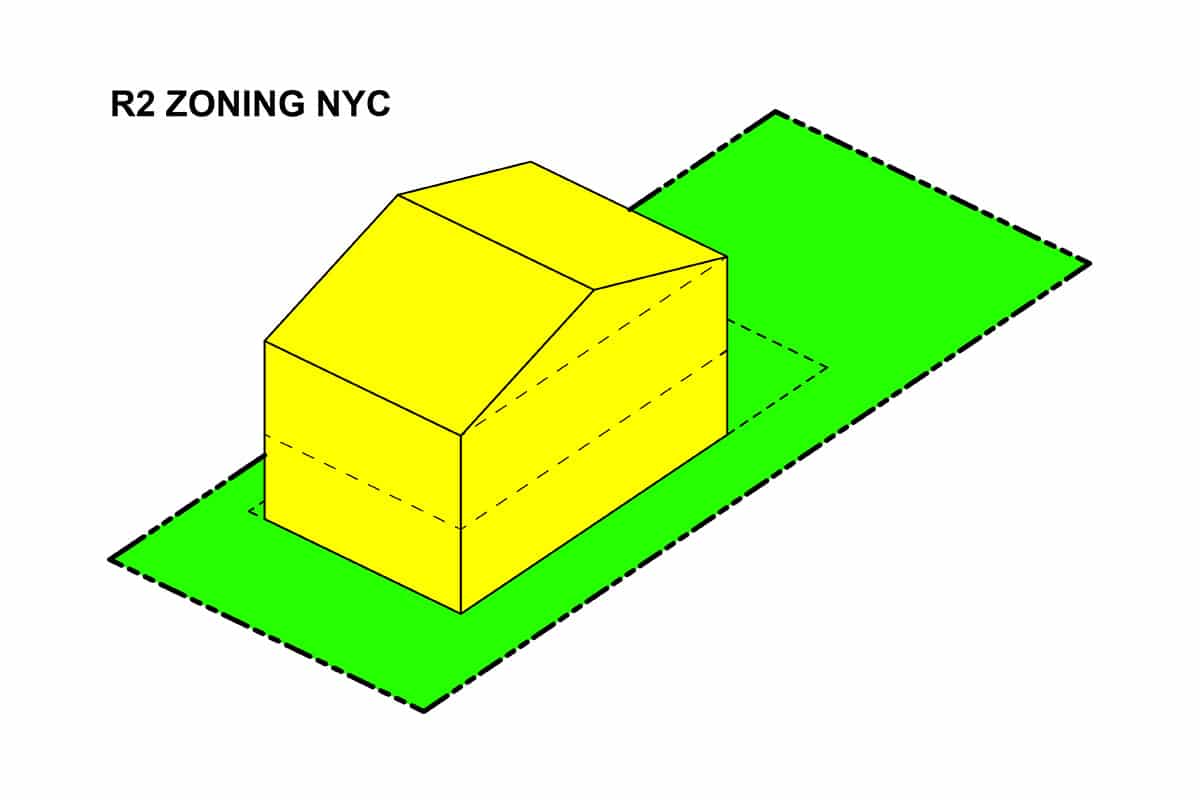
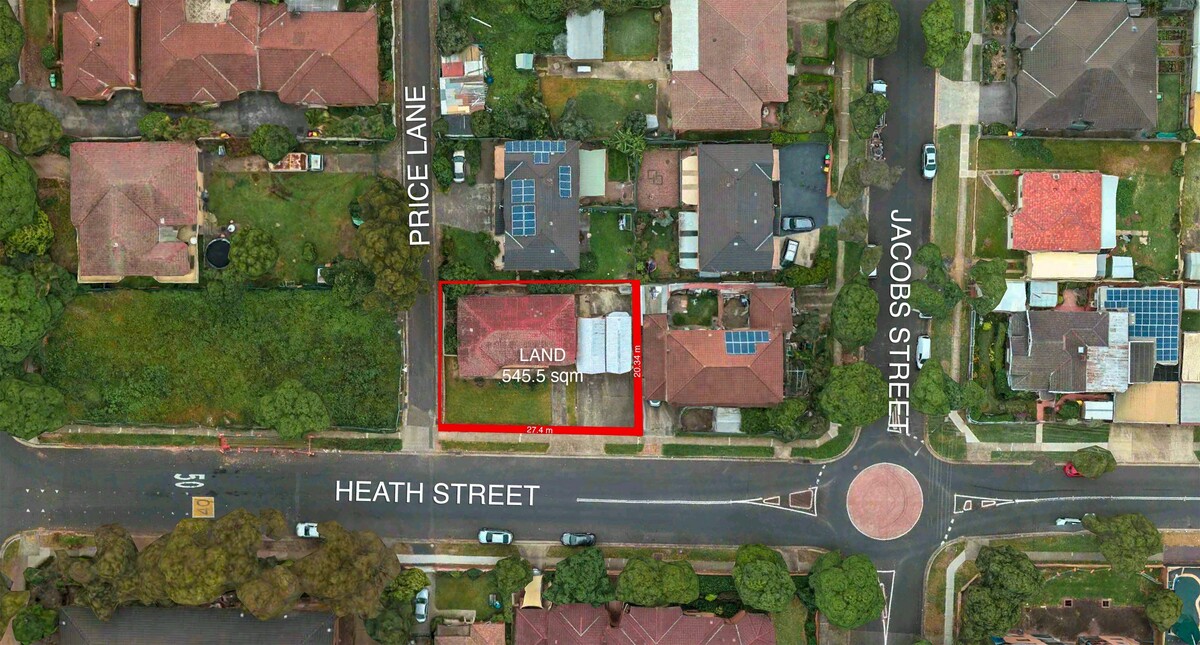
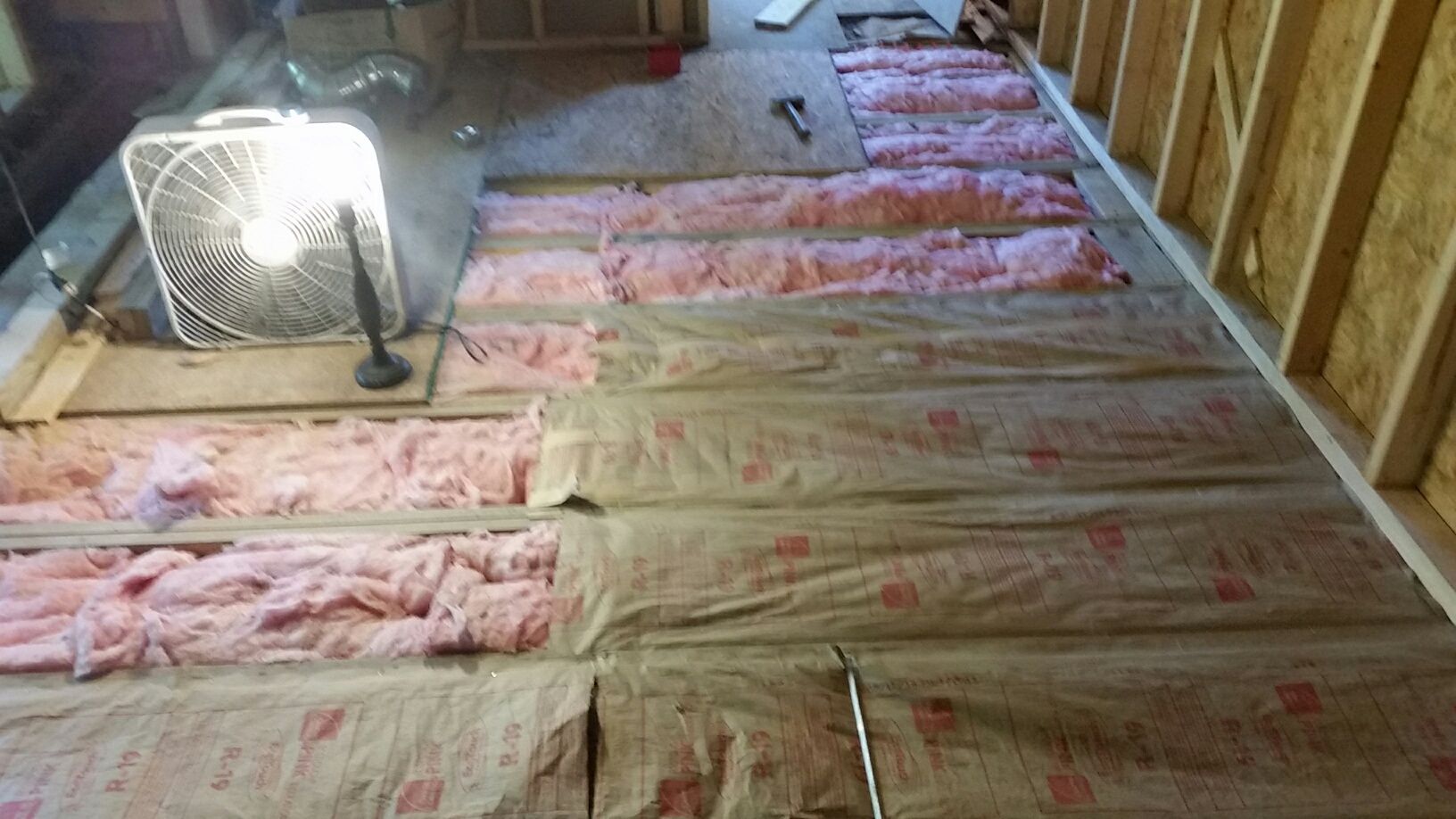

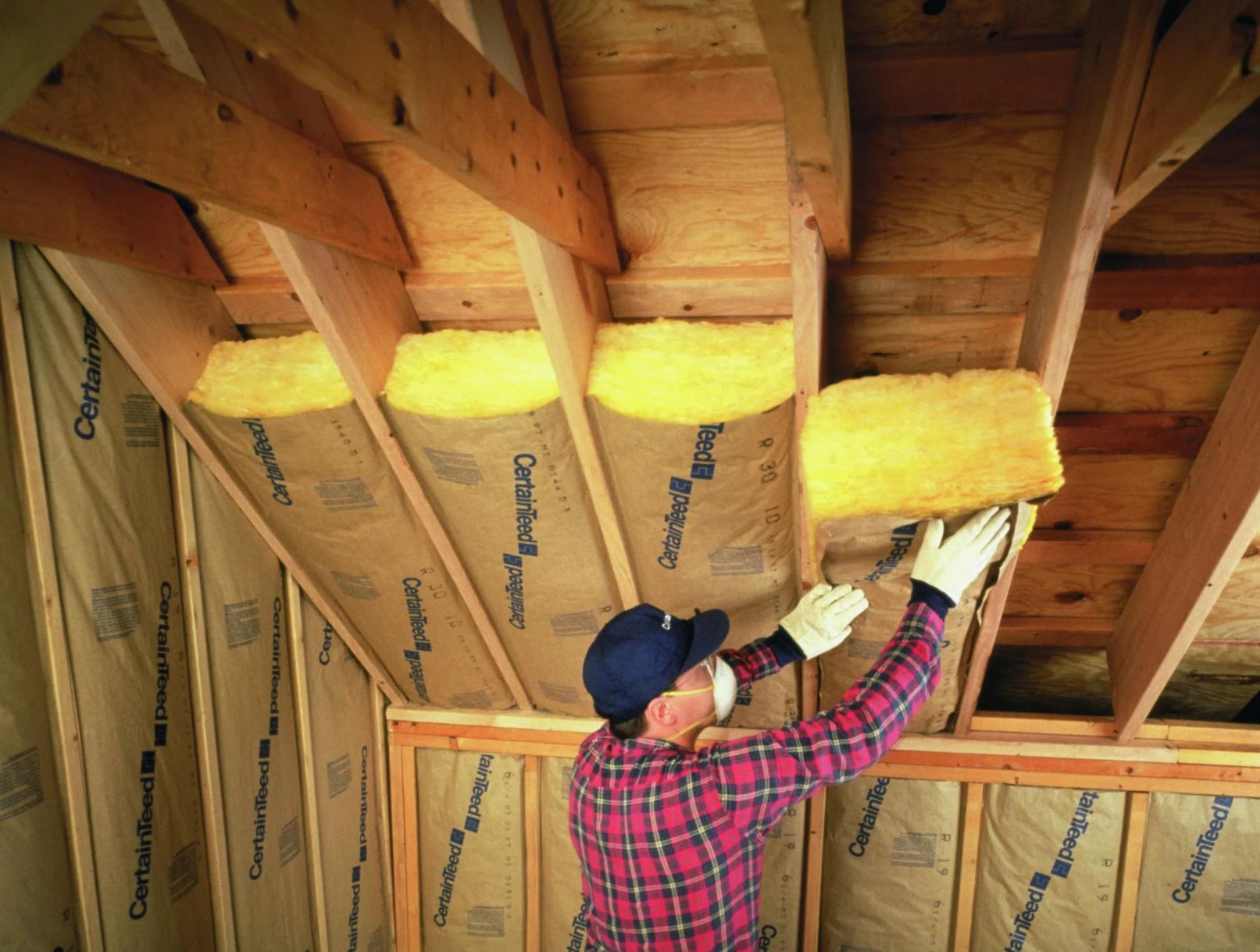
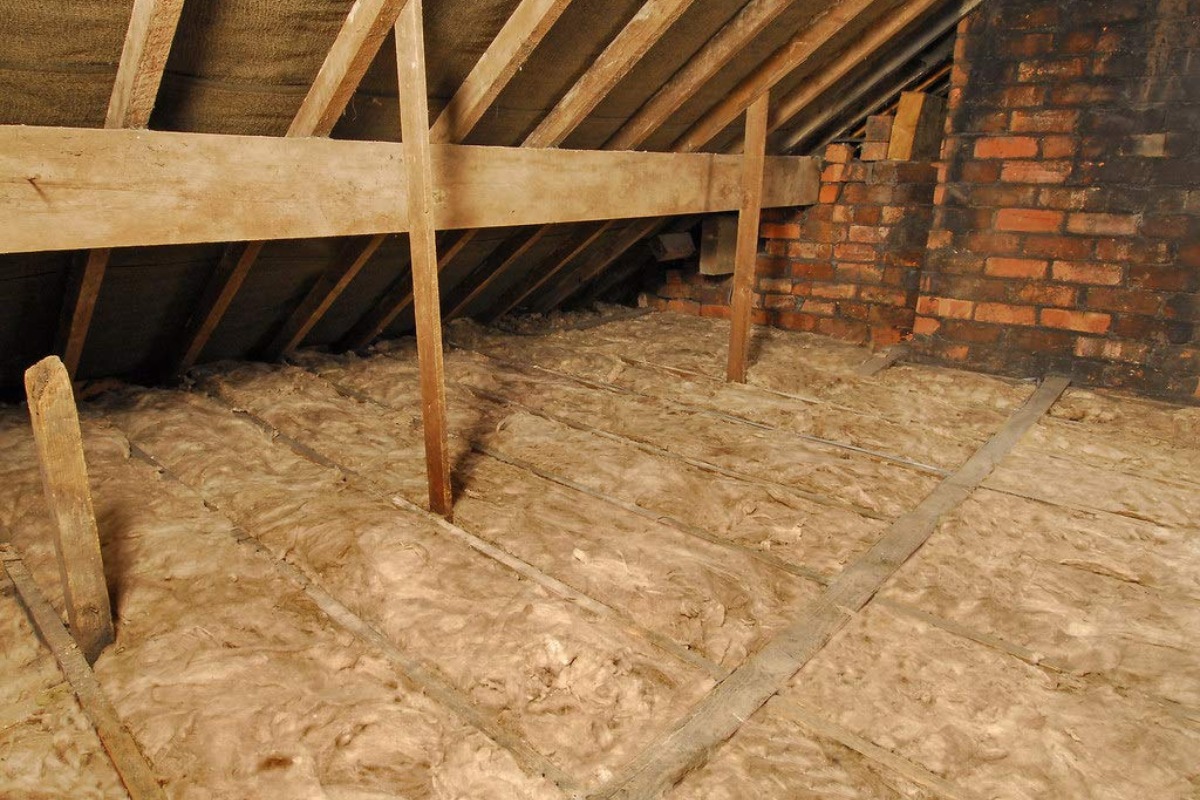
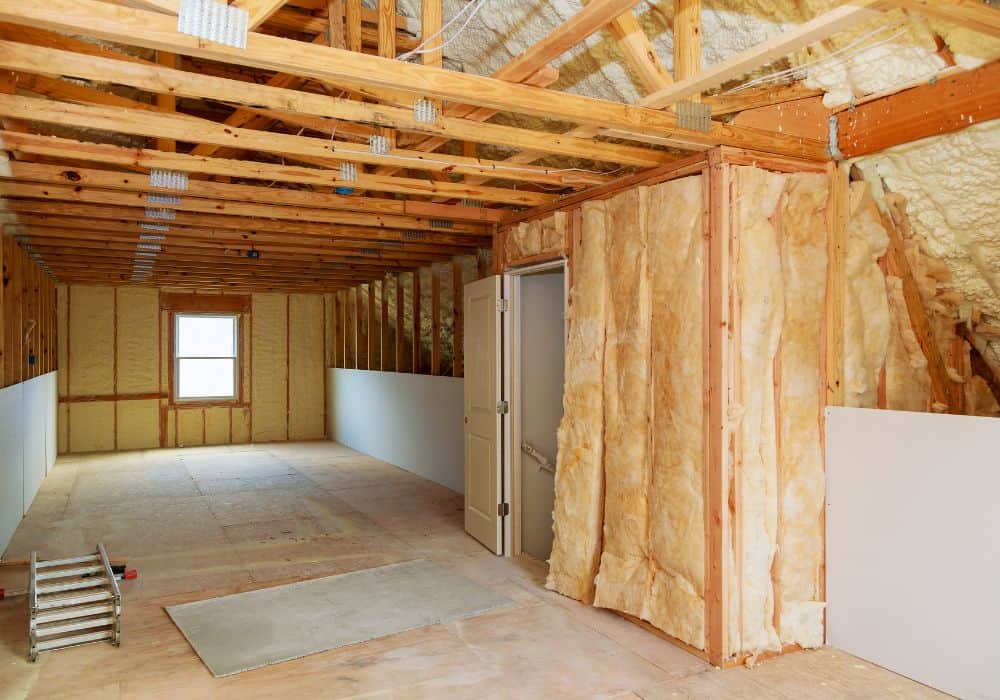
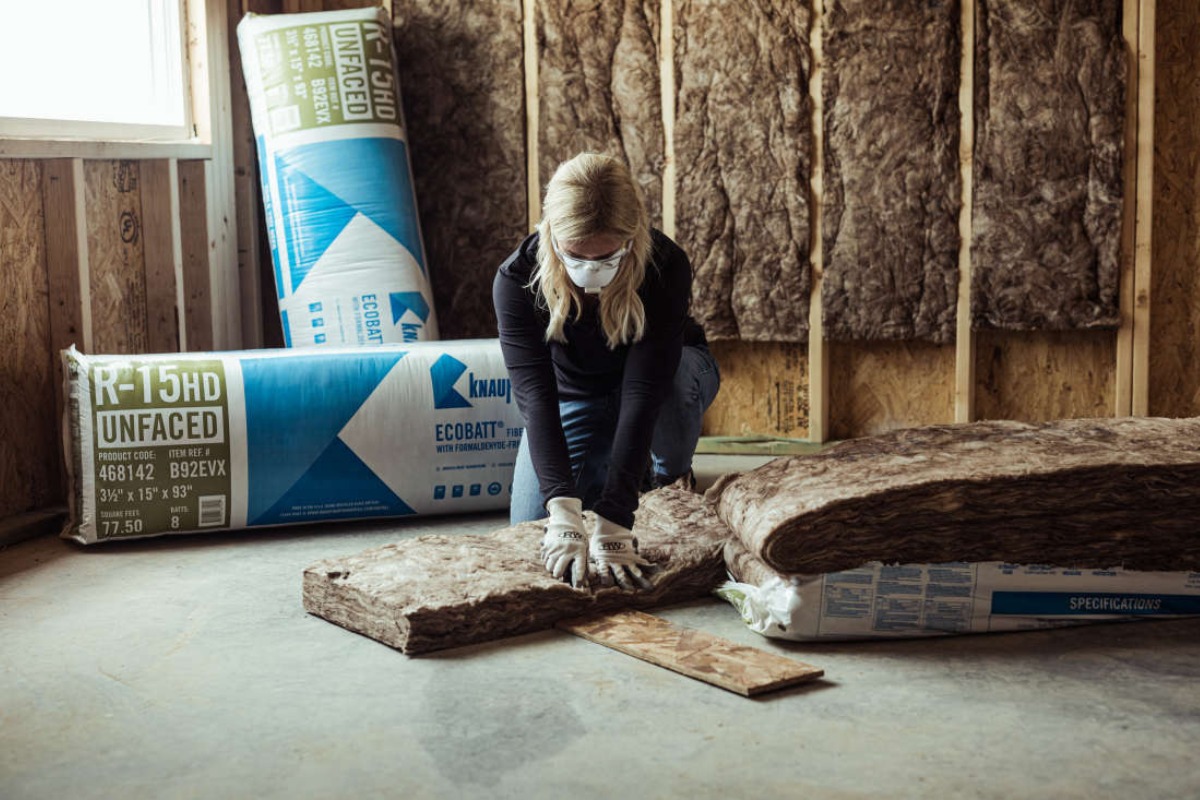
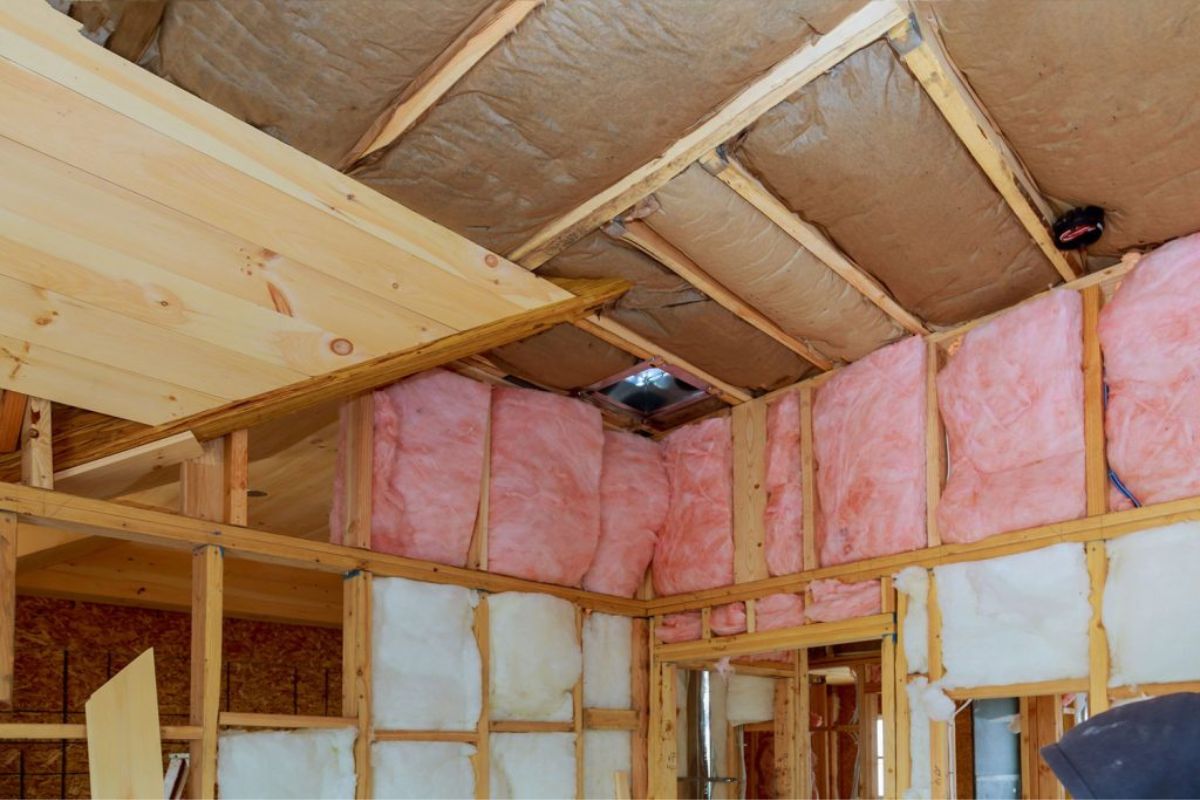
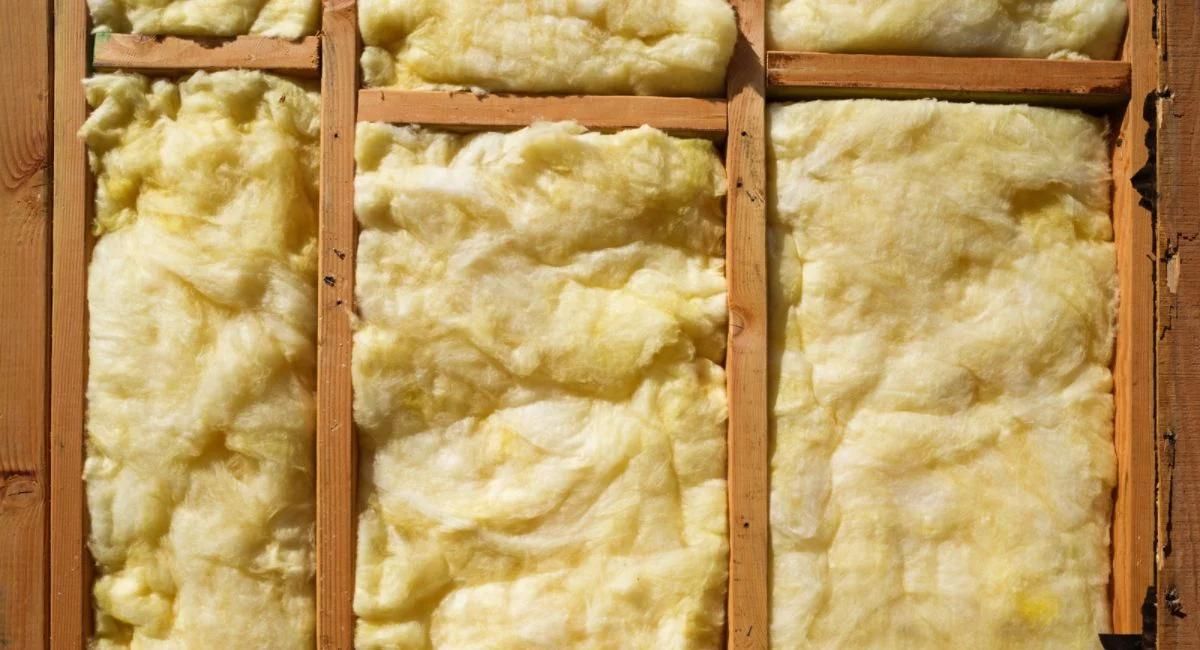
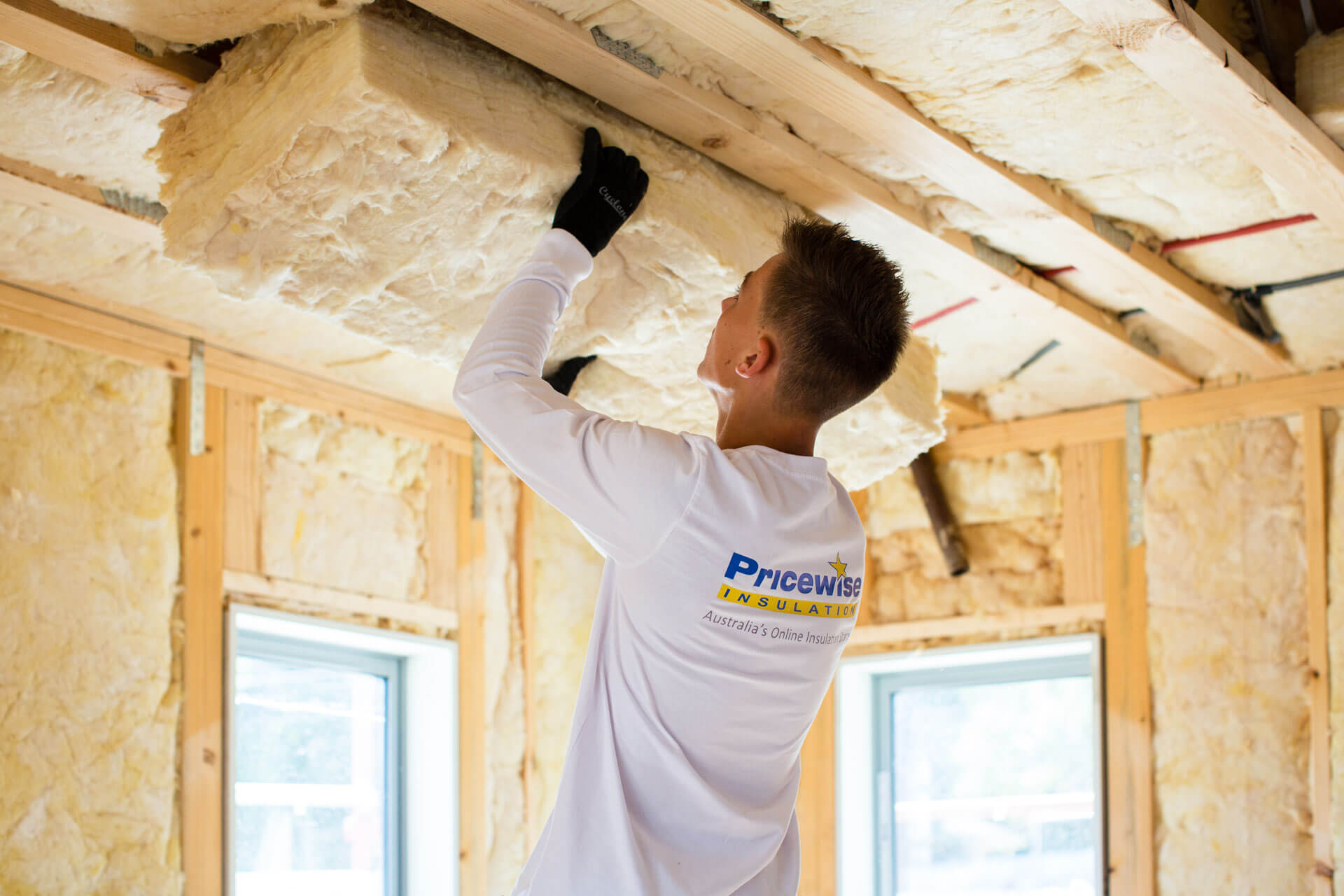
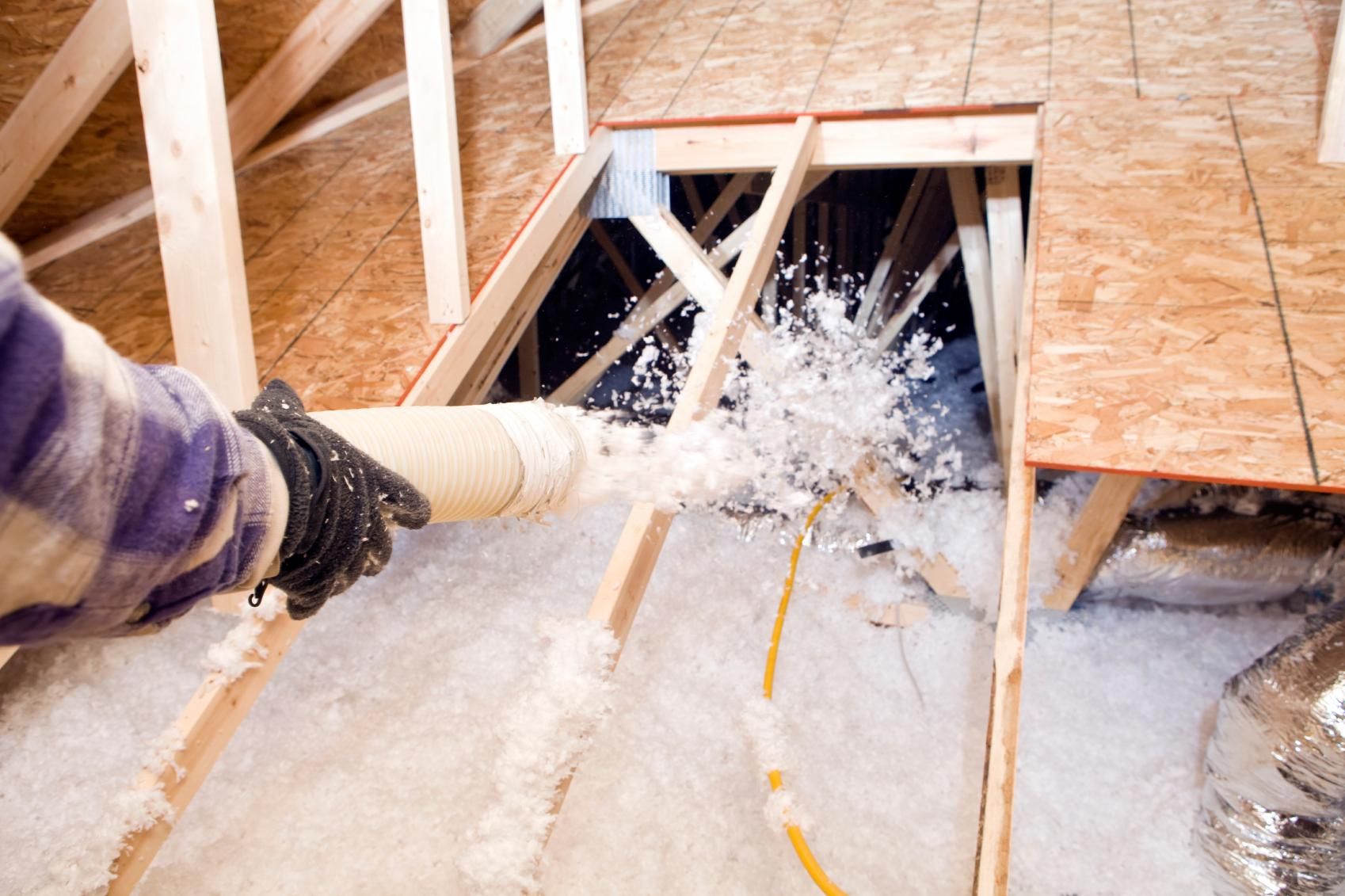

0 thoughts on “What Does R-5 Insulation Mean”